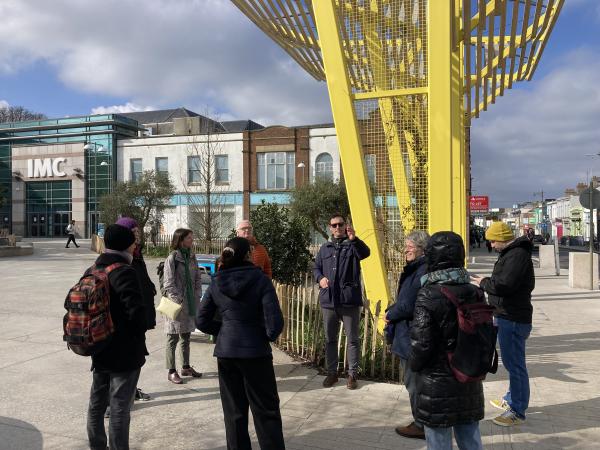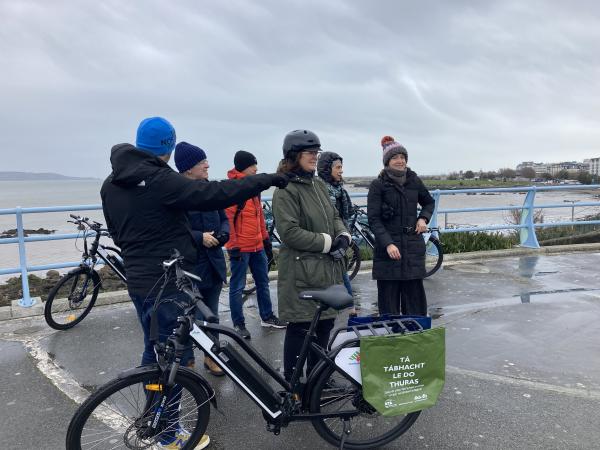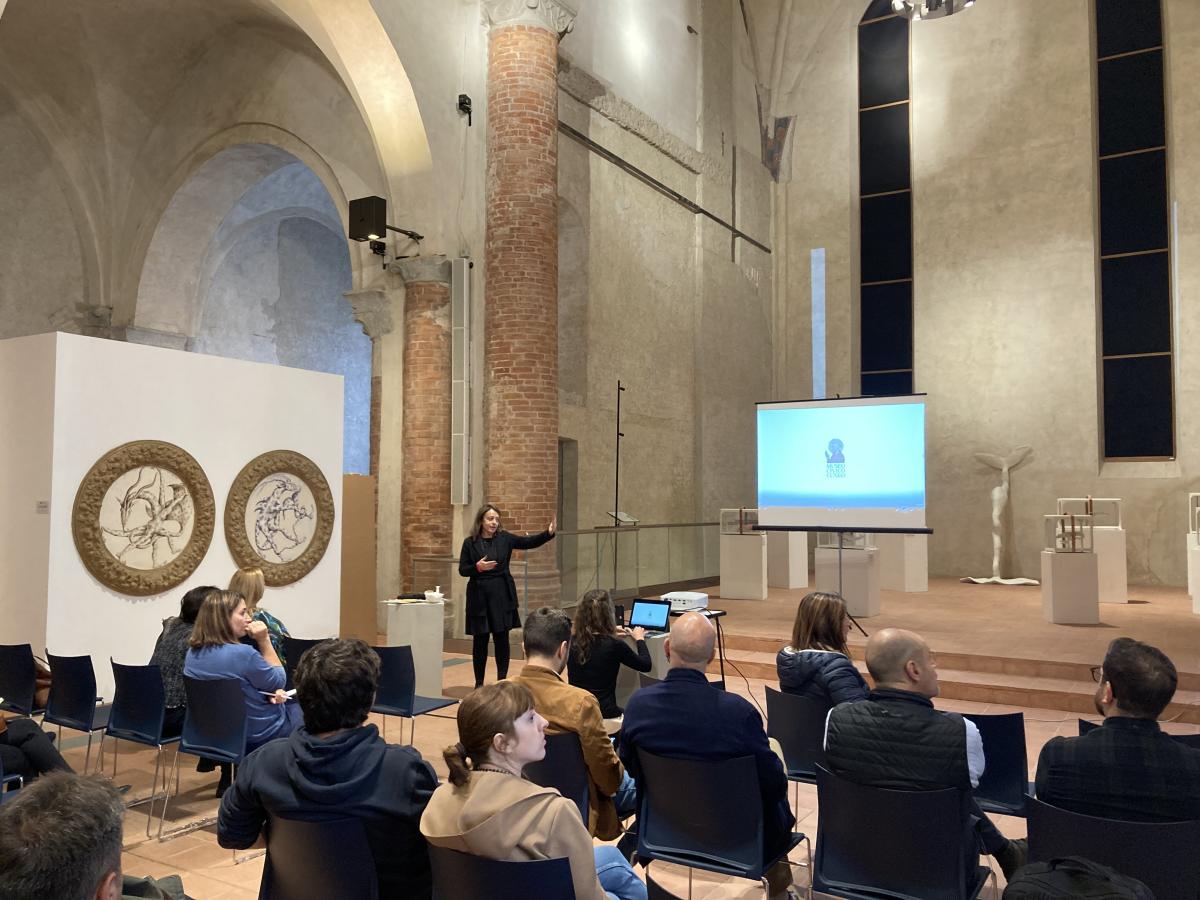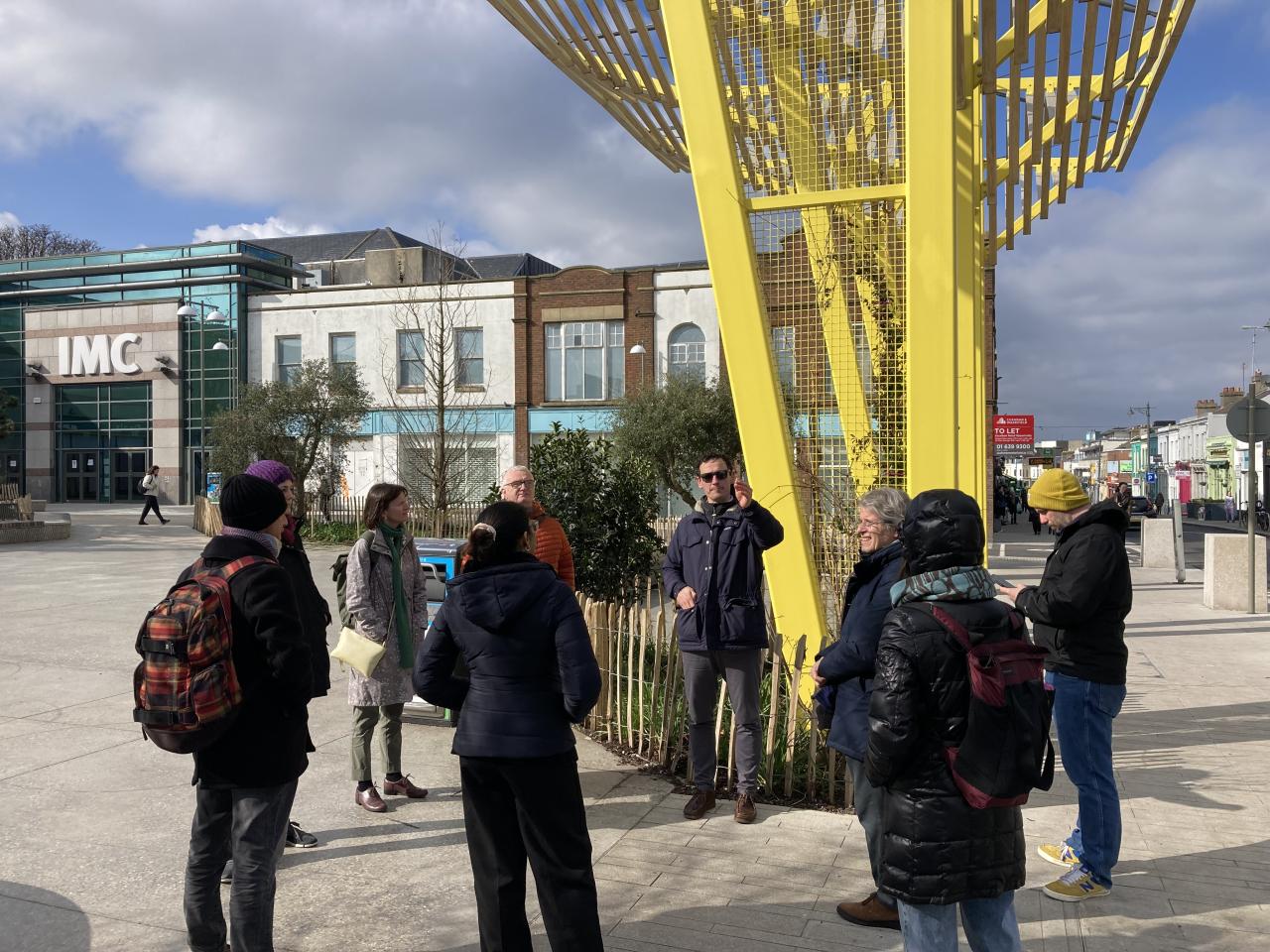In spring 2025, URBACT promoted its latest call for Transfer Networks, an opportunity for cities to transfer, replicate and adapt good practices from one urban context to another. Transferring good practices is not new to the URBACT programme, nor is the concept of a network of cities. The legacy of URBACT networks traces back to previous programme cycles, consistently evolving with the changing needs and make-up of European cities over the years.
This article explores how different URBACT networks foster exchanges and innovative solutions for sustainable urban development among European cities.
How do URBACT networks work?
URBACT networks serve different purposes, from developing action plans to transferring innovative projects and good practices. A key element shared across all network types is the active involvement of local stakeholders and city departments in the URBACT Local Group that ensures participatory planning and collaborative implementation of the actions.
How do these networks take shape…and action?
• Action Planning Networks bring together cities to tackle common challenges at the transnational level. These networks have the objective of co-designing integrated strategies with local stakeholders while validating shared vision through the implementation of Testing Actions implemented during the process.
• Innovation Transfer Networks aim to replicate projects funded by the European Urban Initiative via Urban Innovative Actions (UIA). Their goal is to transfer the experience of UIA actions to other cities. The three main steps of these networks – understand, adapt and prepare for reuse – promote a deeper understanding of the original practice, while identifying funding opportunities and developing investment plans for implementation in new contexts.
• Transfer Networks focus on adapting and replicating URBACT Good Practices. Under the guidance of the city that has already implemented a Good Practice and the active involvement of local stakeholders, the cities involved in the networks co-design local Transfer Plans adapted to the specific characteristics of their own contexts.
Turning ideas into action: Action Planning Networks
Since 2002, Action Planning Networks have proven effective in transforming knowledge exchange into a driving force for innovation in cities. These networks enable the transfer of broader knowledge from the transnational to the local level, improving how local authorities tackle specific challenges through integrated and participatory approaches that address environmental, social and economic dimensions of urban sustainability.
“In the busyness of day-to-day work, it’s really important to take time to lift your head and look outwards to see what other cities are doing on key urban challenges”, says Dave Lawless, Economic Development Officer at Dún Laoghaire-Rathdown (IE), speaking about Tourism-Friendly Cities. “For me, URBACT also serves as a positive source of energy and encouragement for learning and development. In a way, one of the most important outcomes of our participation in the URBACT network was learning to ‘be brave’: try new things, work with new stakeholders, understand our limitations and empower stakeholders to be active on challenges. This leads on to the development of a positive Local Action Plan, which subsequently informed our tourism policy and strategy”.
The Tourism-Friendly Cities model of tourism developed by Dún Laoghaire has inspired the creation of temporary bike lanes connecting Dublin’s Bay villages and the revitalisation of public spaces. These initiatives strengthened local economic development and tourism through the cooperation with local business and cultural organisations.
The next call for Action Planning Networks is scheduled for March 2026.

| 
|
Visit in Dun Laoghaire. Photo credits: Simone d'Antonio.
Transferring solutions and good practices: Innovation Transfer Networks and Transfer Networks
To reiterate, the Innovation Transfer Networks build upon successful UIA projects. These cover innovative policies for urban security carried out by Turin (IT) and Piraeus (EL), schemes for attracting talents of Aveiro (PT) or active inclusion of Utrecht (NL). The final result of the participatory process is the development of an investment plan tailored to local needs. This process is based on the exchange of knowledge on the key elements of the UIA projects that can be transferred, and these innovative components can be adapted to suit different local contexts.
Transfer Networks, on the other hand, are formed around an URBACT Good Practices. Thanks to an URBACT Transfer Network, this URBACT Good Practice is then transferred to other European cities following a specific methodology. For instance, the Manchester Art and Sustainability Team (MAST) scheme was transferred by Manchester (UK) to a series of partners across Europe through the Transfer Network C-Change, which supported cities to mobilise their arts and culture sectors for local climate action.
Mantua (IT), one of the C-Change partners, coordinated the replication of this practice to seven other Italian cities between 2021 to 2022. This was an experimental type of network comprised of cities from the same country, following a pilot project launched by URBACT called National Practice Transfer Initiative.
“In the process of transferring our model from Mantua to other Italian municipalities, we encountered stimulating challenges that taught us a lot”, says Adriana Nepote, Deputy Mayor for EU projects and innovation of Mantua. “The main one was certainly the realisation that we couldn’t simply ‘copy and paste’ an experience, but instead had to transfer the tools and methodologies needed so that other cities could independently create and adapt their own local working groups. Every municipal context has its own specific characteristics, and our role was to provide the keys for adaptation—not a pre-packaged solution. Despite these complexities, the National Practice Transfer Initiative proved to be incredibly useful and effective for transferring innovative themes and models among Italian municipalities, allowing for learning from the mistakes and successes of others, and significantly shortening the learning curve”.
In Autumn 2025, a new batch of URBACT Transfer Networks will officially begin their transfer journey.

National URBACT Point Meeting in Italy. Photo credits: Simone D'Antonio.
A wealth of knowledge and opportunities for cities
Different types of URBACT networks prove to be valuable inspiration for a variety of cities and sustainable urban strategies. They are not one-size-fits-all and, in specific cases, can even generate further opportunities (e.g. funding from other European and national programmes). In this way, URBACT networks encourage long-term thinking, peer-learning and taking advantage of the URBACT method, expert resources and tools.
What’s next? Stay tuned for the results of the latest call for Transfer Networks, which will be announced on the URBACT website and social media channels. The next call for URBACT networks is set to launch in Spring 2026.
Want to explore more URBACT news, insights and resources? Visit the URBACT website and subscribe to the newsletter! Looking to implement urban sustainability actions in your city? The URBACT Toolbox has everything you need – guidance, tools, templates, prompts, and much more!

